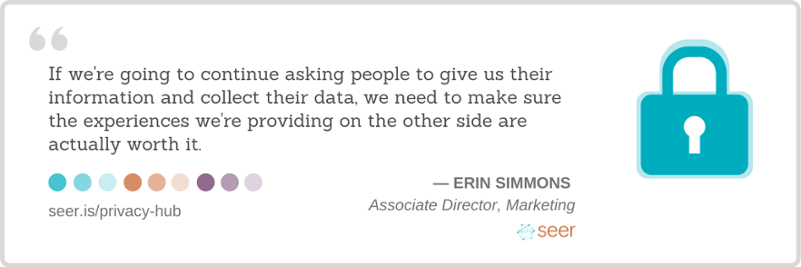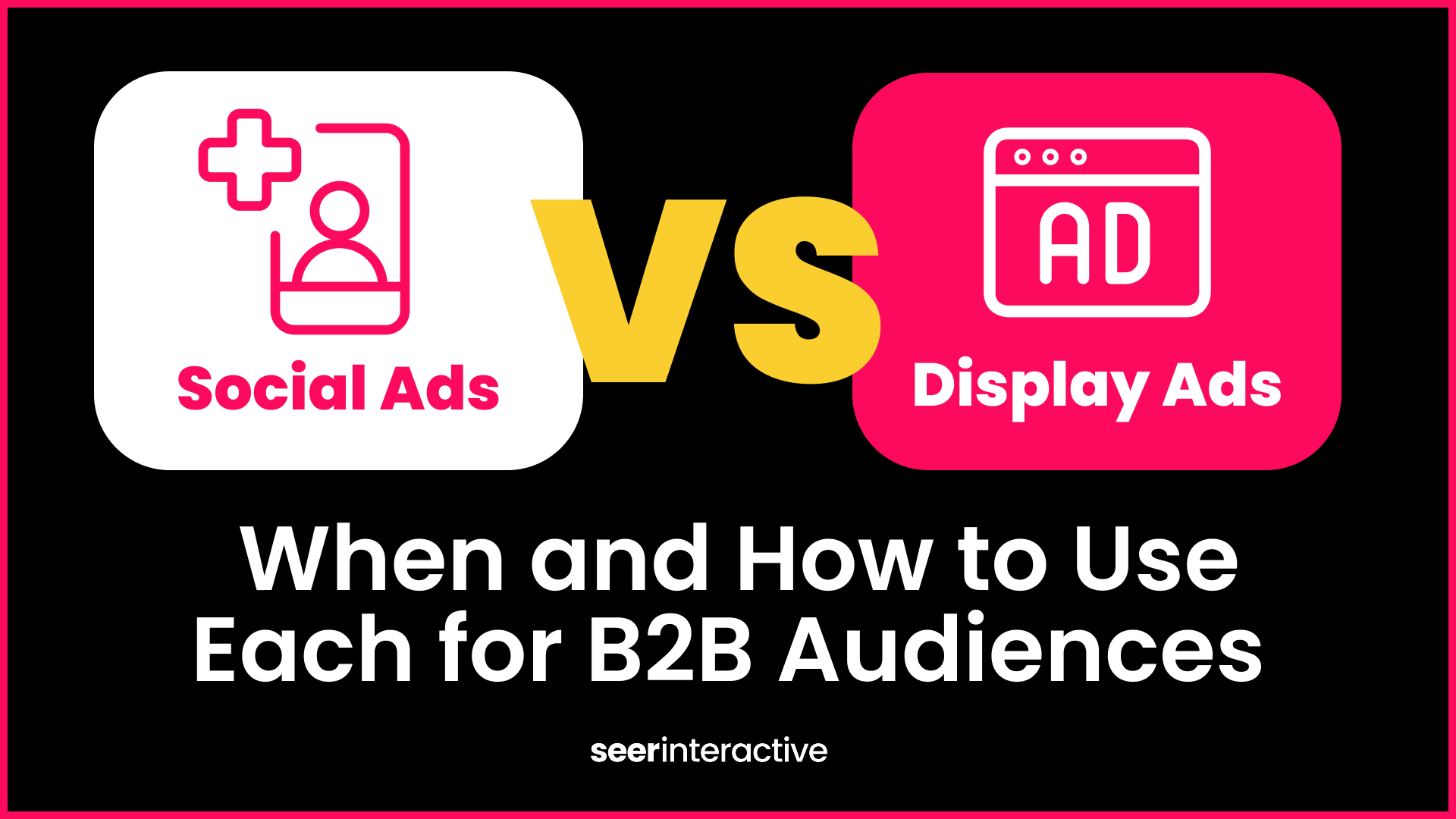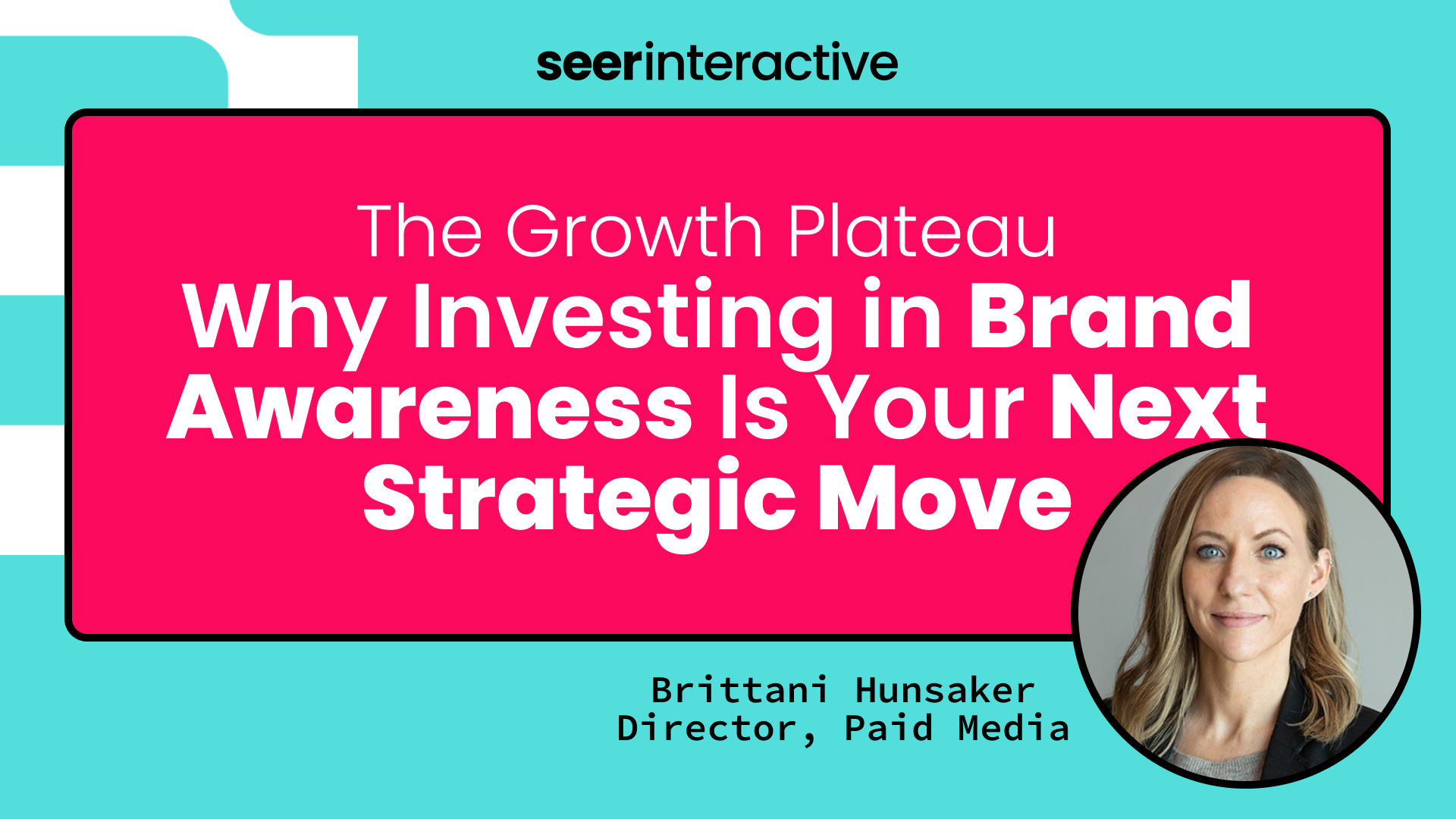It is no surprise that the plan by Apple and Google to depreciate third-party cookies is a concerning topic among advertisers tasked with accurately attributing conversions while respecting user privacy.
To combat these huge shifts in the industry and to help advertisers continue to deliver successful and measurable campaigns, Facebook is urging the use of its Conversions API which gives more power over the data that is sent to Facebook.

Example of Shopify data share setting to be sent to Facebook (Source)
In this post, we’ll walk you through:
- The ever-changing advertising landscape
- What is the Conversions API?
- How companies and agencies should adapt
- Actions to take to plan ahead
The Impact of a Cookieless Future
After years and years of questionable data collection and customer privacy breaches by some the biggest organizations in the world, the inevitable has arrived where change needed to happen.
Internet users have become more educated about data protection and are taking control to make sure their online experiences are as secure as possible. It is up to lawmakers to also adapt and evolve and ensure user privacy is at the forefront of cybersecurity.
Although the absence of third-party cookies will ultimately promote privacy, digital marketers will soon be faced with the challenge of targeting users and measuring the success of campaigns without third-party cookies.
This data is usually collected through a pixel that sends event information, such as purchases, sign-ups, page views, etc., from a web browser (like Chrome or Safari) to an ad platform (like Facebook or LinkedIn). This is TREMENDOUSLY important information for marketers because it helps inform decisions and recommendations that can ultimately have an impact on revenue, growth, and profitability.
Yes, this may seem scary, but ad platforms like Facebook are looking for ways to offer solutions for advertisers that respect user privacy.
Facebook has developed the new Conversions API (CAPI) to share data directly from their server, rather than through a browser to bypass any loss of cookie support.
Facebook Conversions API (CAPI) Explained
How It Works
- Conversion API data is fed directly into Facebook and handled similarly to pixel events, allowing advertisers to monitor conversions and make adjustments in Ads Manager.
- Instead of sharing data via a browser, marketers will use the Conversions API to exchange data directly from their server.
- The Conversions API is also built to respect Facebook users' privacy preferences
Benefits
- Advertisers can transfer a broader range of data than Facebook Pixel actually captures, like CRM data or lower funnel events.
- The Conversions API is configured to be less vulnerable to problems including browser crashes or connectivity issues.
- Conversions API can also be used on its own for industries with high-security requirements to help manage what data they share and when they share it.
- For full-funnel visibility and more efficient data sharing, marketers should use Conversions API in addition to pixels.

Example of CAPI Workflow(Source)
The Differences Between Conversions API and Facebook Pixel
- Conversions API improves campaign performance measurement across multiple channels with its ability to share both online and offline events from server to server
- Conversions API users will not need to worry about strict privacy laws and will still provide key events so campaigns will have room to scale and KPIs will be easier to hit.
Adapting to the New Norm
We recommend that advertisers become early adopters of Conversions API to comply with changes in consumer privacy norms and to better understand and prepare for the evolving landscape. Some tips for a smooth adjustment include:
- Running tests early to compare the performance of Conversions API against historical data to understand measurement impacts and to inform recommendations on how to evolve strategy.
- Continuing to utilize the Facebook pixel as a compliment to Conversions API keep in mind limitations in remarketing and other restraints due to the iOS 14 tracking update.
- Planning which data sources, such as CRM data, should be included in Conversions API and start preparing for their integration.
- Staying current with developments on Facebook and other platforms’ measurement solutions.
Planning Ahead
Looking forward and starting to adapt will help advertisers set themselves up for success for future campaign strategies to overcome these challenges. By following the 3 I’s, you can plan ahead to take advantage of the solution Conversions API:
Step 1: Inform
Be aware of any upcoming industry changes, platform updates, and privacy laws. This will inform strategy and optimizations moving forward. Consulting with stakeholders early on in this process will allow for more time to make adjustments to websites, tagging, tech stacks, and more.
Understanding the reporting implications of CAPI compared to historical data will also be important for setting new measurement benchmarks.
Step 2: Integrate
Make sure you have a plan as to which data sources will be included and prioritize their value. Make sure attribution windows align across channels and that reporting is compared accurately.
The Conversions API will give advertisers more control over what and when data is being sent over.
Step 3: Implement
Start testing campaigns and setting benchmarks. Launch multiple A/B tests with Conversions API and the Facebook Pixel to see how they will compare and have a foundation to build on for future campaigns.



